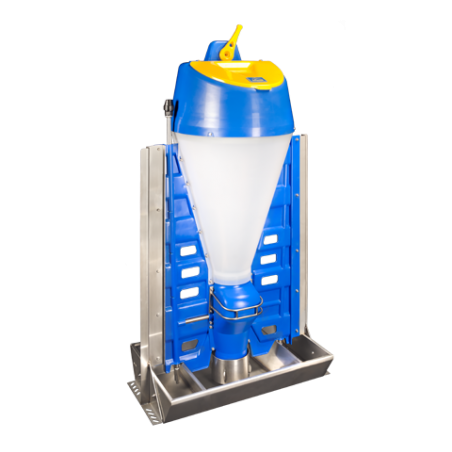In 2022, the number of pigs fell by 6% compared to the previous year, while there were 7% fewer farms with pigs. Thus, the average herd size is almost unchanged from 2021 to 2022 after a significant increase year after year with increasingly large pig farms. Pigs include sows, boars, piglets, and fattening pigs.
The reason for this slowdown is a tight economy for pig producers. While pig prices have increased by 9% in 2022 compared to 2021, feed prices have risen by much more, 32%. The rising prices of feed again reflect the rising grain prices that followed in the wake of Russia's invasion of Ukraine in 2022.

The Danish pig farms have grown larger over the years. The average farm with pigs had 2,900 pigs in 2012 against 5,200 in 2022. At the same time, there are several very large pig farms. In 2012, 4% of the holdings had at least 10,000 pigs and represented 20% of the total population of pigs. By 2022, the share of these very large farms had risen to 15% and their share of the herd had grown to 47%.

In line with the development of larger farms with pigs, the farms have also become more specialized. It is now something of an oddity that a Danish farm has both pigs and cattle. There were just 400 of these types of farms in 2022, representing 2.6% of all holdings with livestock. If we go back 20 years to 2002, farms with both pigs and cattle accounted for 11.3% of all livestock farming.
April 3, 2023/ Statistics Denmark/ Denmark.
https://www.dst.dk/








